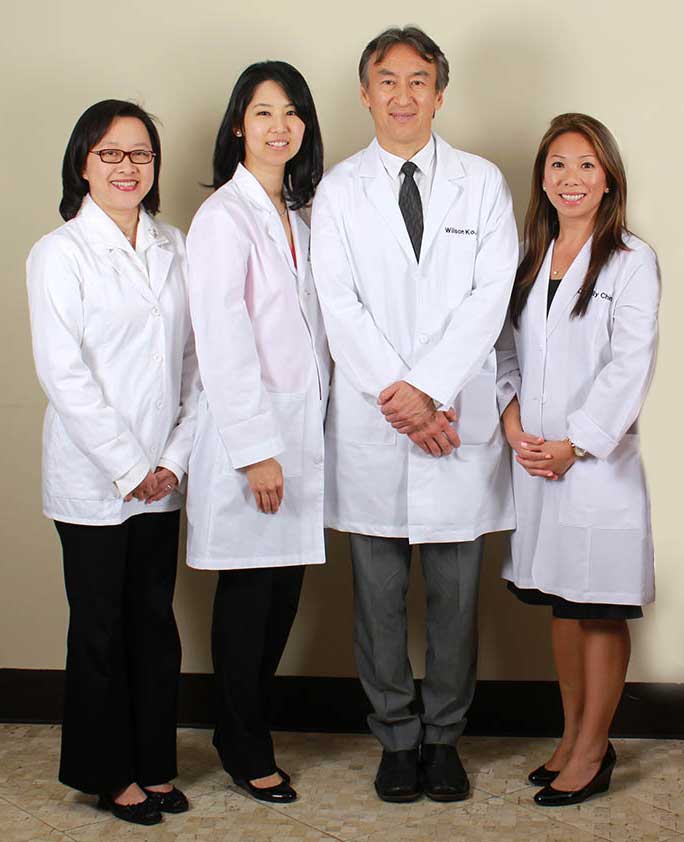Andalusia Eye Facility: Introducing Vision Take Care Of Neighborhood Wellness
Andalusia Eye Facility: Introducing Vision Take Care Of Neighborhood Wellness
Blog Article
Is Refractive Surgery Right for You? Elements to Consider for Better Eyecare
In the world of eye treatment, the decision to undergo refractive surgical treatment is a crucial one that requires thoughtful consideration. As people look for clarity and flexibility from the restraints of restorative lenses, many elements enter into play when establishing the viability of such a procedure. From the intricacies of one's eye health to the details of daily routines and individual expectations, each aspect holds relevance in the broader landscape of refractive surgical procedure candidacy. By examining these crucial elements with care and precision, a clearer path towards informed decision-making arises.
Eye Health And Wellness Assessment
When taking into consideration refractive surgical treatment, a detailed eye health and wellness evaluation is critical to assess the suitability of the procedure for every person. andalusia pediatrics. This examination entails a collection of tests and exams carried out by an eye treatment professional to identify the overall health and wellness of the eyes, the visibility of any underlying conditions, and the security of the refractive mistake
During the evaluation, various aspects are taken into consideration, such as the individual's clinical background, existing eye prescription, corneal thickness, pupil size, and tear movie high quality. These assessments help to identify any type of contraindications to refractive surgical treatment, such as corneal problems, cataracts, or without treatment eye infections. Additionally, the analysis helps to manage individual expectations relating to the possible results of the surgical procedure based on their special eye features.
Eventually, the eye wellness evaluation is necessary in making certain the safety and performance of refractive surgical procedure, as it provides beneficial understandings into the person's eye wellness standing and aids identify the most ideal treatment options for achieving optimal visual outcomes. (andalusia pediatrics)
Way Of Living Analysis
A comprehensive way of living evaluation is integral in establishing the suitability of refractive surgical procedure for an individual's aesthetic adjustment demands. Way of living factors such as occupation, hobbies, and everyday activities play a critical duty in the decision-making process pertaining to refractive surgery.
In addition, way of life behaviors such as sporting activities engagement, exterior activities, and even skincare routines can influence the healing procedure and overall success of refractive surgical procedure. Individuals who engage in contact sports may need to take additional preventative measures to shield their eyes during the recuperation duration. In addition, individuals with comprehensive sun exposure may call for additional post-operative care to stop issues. By carrying out an extensive way of life assessment, eye treatment specialists can tailor their suggestions and treatment strategies to meet the one-of-a-kind demands of each client, ultimately bring about boosted aesthetic end results and contentment.
Expectation Alignment

Establishing realistic assumptions involves detailed pre-operative conversations in between the individual and the ophthalmologist. The specialist must transparently communicate the potential threats, advantages, and constraints of the treatment (andalusia pediatrics). People need to comprehend that while many individuals attain 20/20 vision or much better following refractive surgical procedure, some may still require glasses for specific tasks like reading or driving at evening. Handling these expectations aids avoid dissatisfaction and discontentment post-surgery, leading to a more favorable overall experience for the client.
Threat Evaluation

Variables that might enhance the danger of issues include age, particular clinical problems like autoimmune diseases, unsteady vision prescription, slim corneas, and unrealistic client assumptions. Furthermore, choosing a knowledgeable and experienced doctor, following pre and post-operative care directions faithfully, and disclosing any type of relevant case history can aid mitigate risks.
To lessen the probability of complications, ophthalmologists conduct complete pre-operative assessments to determine any type of contraindications to surgical procedure. They also discuss the prospective dangers and advantages with individuals throughout the examination procedure. By taking part in open interaction and shared decision-making, both the ophthalmologist and the client can interact to figure out if refractive surgical procedure is the appropriate selection based upon specific threat profiles and desired outcomes.
Examination Value
Taking into consideration the essential function of notified decision-making in examining dangers and potential complications in refractive surgery, the consultation procedure holds substantial value in assisting patients in the direction of optimum results. During the appointment, the eye doctor assesses the client's eye health, refractive mistakes, and total viability for surgery. This initial analysis is essential in determining one of the most appropriate procedure for each and every individual, thinking about factors such as corneal density, pupil dimension, and existing eye conditions.
Moreover, the appointment acts as an opportunity for people to discuss their assumptions, worries, and any inquiries they may have pertaining to the surgical treatment. Clear interaction in between the doctor and the client is important to ensure sensible expectations and a thorough understanding of the prospective threats and benefits entailed.
Furthermore, the consultation permits the cosmetic surgeon to clarify the different medical options readily available, their respective end results, and the post-operative care called for. This extensive discussion empowers individuals to make educated choices regarding their eye treatment, leading to far better complete satisfaction and results post-surgery.
Final Thought
To conclude, individuals considering refractive surgical treatment needs to undergo a detailed eye health assessment, examine their way of living habits, align their expectations with prospective results, assess the associated risks, and prioritize consultations with eye care experts. These variables play a crucial role in identifying the suitability of refractive surgical treatment for every individual, making certain optimum end results and satisfaction with the procedure.
Patients considering refractive surgery often have high assumptions pertaining to the end results, anticipating best vision without the requirement for glasses or get in touch with lenses. While refractive surgical treatment can significantly improve vision and reduce dependence on aesthetic help, it is vital for individuals to recognize that outcomes might vary based on individual factors such as the level of refractive mistake, corneal thickness, and general eye health and wellness.
By involving in open interaction and shared decision-making, both the client and the ophthalmologist can work with each other to establish if refractive surgical procedure is the right selection click now based on individual threat accounts and desired results.
Considering the critical duty of notified decision-making in analyzing threats and possible issues in refractive surgery, the appointment process holds substantial value in guiding individuals towards optimum outcomes. Throughout the assessment, the eye doctor evaluates the patient's eye health and wellness, refractive errors, and overall viability for surgery.
Report this page